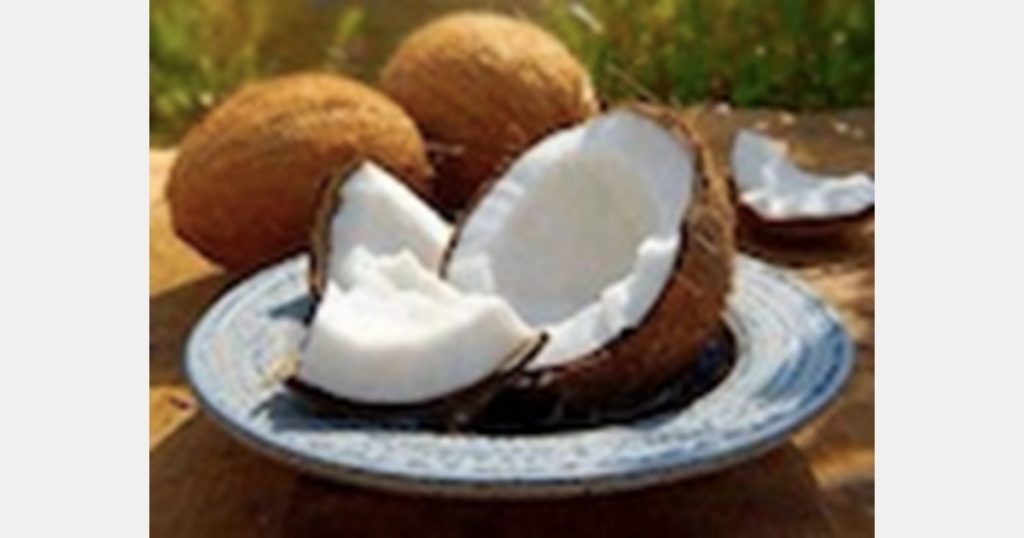Nowadays, imported fruits such as durians, cherries, dragon fruit, and avocados are common sights in many supermarkets in China. In recent years, durian has defeated cherries and become the most imported fruit of the country. In 2020, China imported over US$1.5 billion of fresh durians from Thailand, showing an increase of 77.57% year-on-year.
Pingxiang, Guangxi, located on the border between China and Vietnam, is the land port handling the largest volume of China’s fruit imports and exports to ASEAN. Recently, the port resumed cross-border cold chain transportation, and an increasing volume of Southeast Asian fruits has been cleared there. From April 21 to May 6, a total of 186 containers carrying 4,226 tons of durians entered the country via rail transportation.
Industry insiders said the cost of imported durians has risen this year due to multiple factors such as prices at the origin, the supply-demand relationship, and Covid-19 preventative measures. The price of most durians on the market is higher than in previous years. Despite this, consumers in China are showing a large appetite.
There are many durian varieties on the Chinese market, and Thai varieties such as MonThong, Puangmanee, and Kradumtung are very popular. At the same time, many durian enthusiasts are also trying products from countries such as Vietnam and Malaysia. Under the framework of the China-ASEAN Free Trade Area, more and more tropical fruits from Southeast Asia have ended up in the fruit basket of Chinese families. In addition to durians, fruits such as mangosteens, coconuts, mangoes, and wax apples are also popular among Chinese consumers.
Source: Xinhua News Agency


